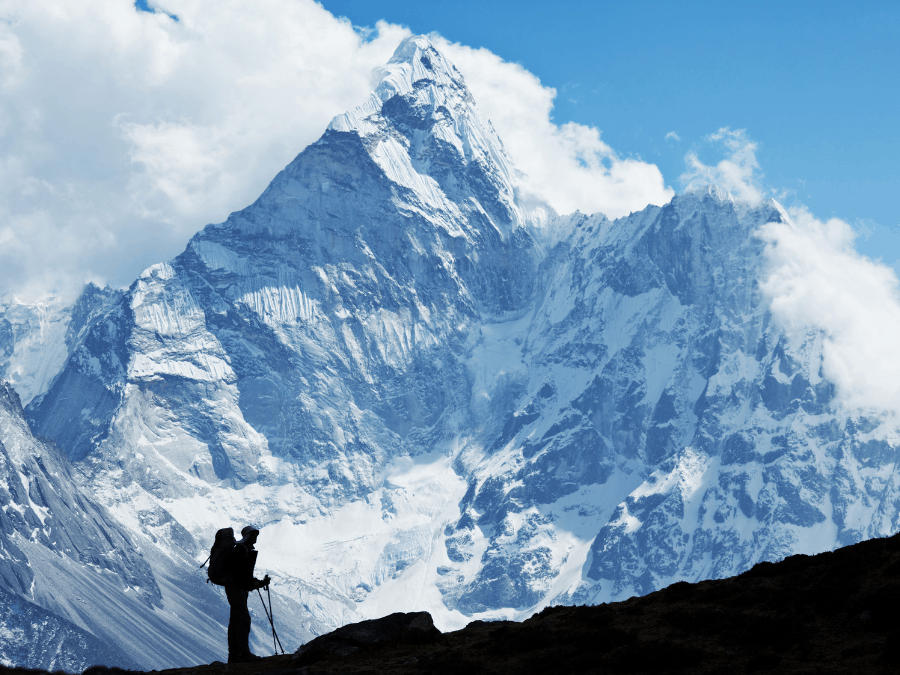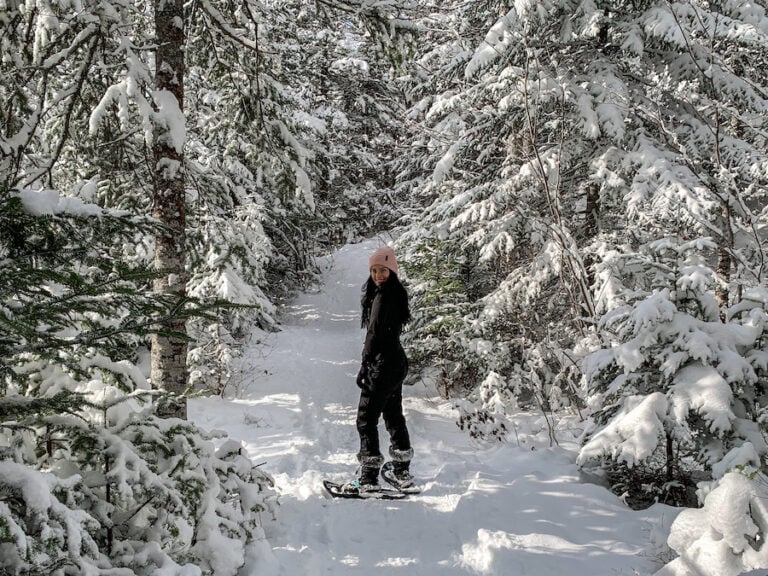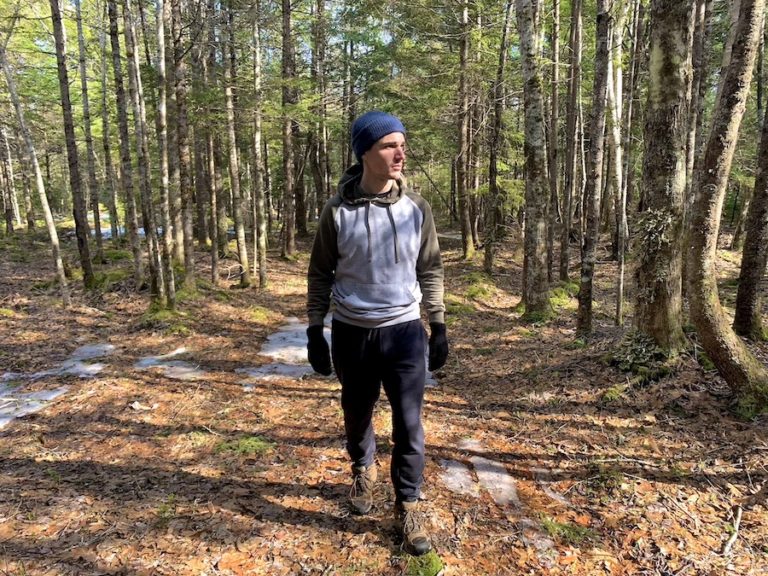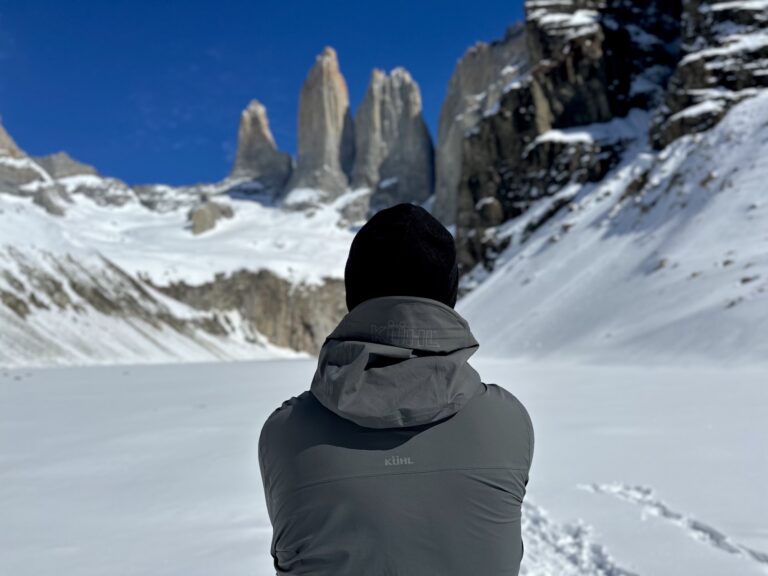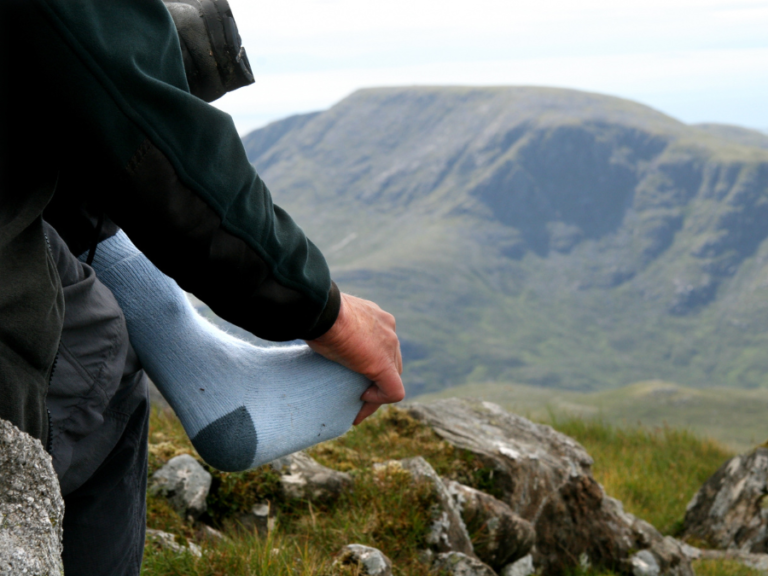How To Avoid Altitude Sickness When Hiking
If you are planning a hike at high altitudes, there is a good chance you have heard the term altitude sickness. This is a serious condition caused by altitude that can not only affect your trek but can have a much more serious impact on your well-being.
Altitude sickness is a condition that can occur when hikers ascend too quickly to high-altitude areas without acclimatizing properly. Typically it can occur if you are anywhere over 2500 meters above sea level for a long duration. This can make them feel unwell and unable to continue with their excursion. Although not everyone will experience altitude sickness, it is important to prepare your body beforehand to reduce the risk.
This article will discuss what causes altitude sickness, what to do if you get it and tips to help prevent altitude sickness from compromising your hiking adventures.
Medical Disclaimer: We are not registered medical professionals. The following content is for informational or educational purposes only and does not substitute professional medical advice or consultations with medical professionals.
What Is Altitude Sickness?
Altitude sickness, also referred to as acute mountain sickness (AMS), is your body’s response to the lack of oxygen that exists at high altitudes. This occurs when you ascend too quickly to a higher altitude, not giving your body enough time to adjust to reduced oxygen levels and changes in atmospheric pressure.
As the altitude increases, the atmospheric pressure drops and the air becomes less dense. You may begin to notice symptoms the longer you stay in a high-altitude area. The symptoms can vary depending on the severity of altitude sickness.
Mild symptoms can include:
- headache
- nausea and/or vomiting
- shortness of breath
- fatigue
- dizziness
- loss of appetite
Severe symptoms can include:
- intensified mild symptoms
- tightness in chest
- seeing double
- changes in skin colour
- difficulty walking
What Is The Cause Of Altitude Sickness
Higher altitudes have a decreased amount of air pressure, which leads to less oxygen in the area. If your body does not have enough time to acclimatize to lowered oxygen levels or you move too quickly into a low air pressure area, you may begin to develop symptoms of altitude sickness.
Even if you are physically fit, you are still at risk of altitude sickness. This is why it is recommended to ascend slowly and give yourself time to adapt to higher altitudes before continuing onwards.
How To Avoid Altitude Sickness
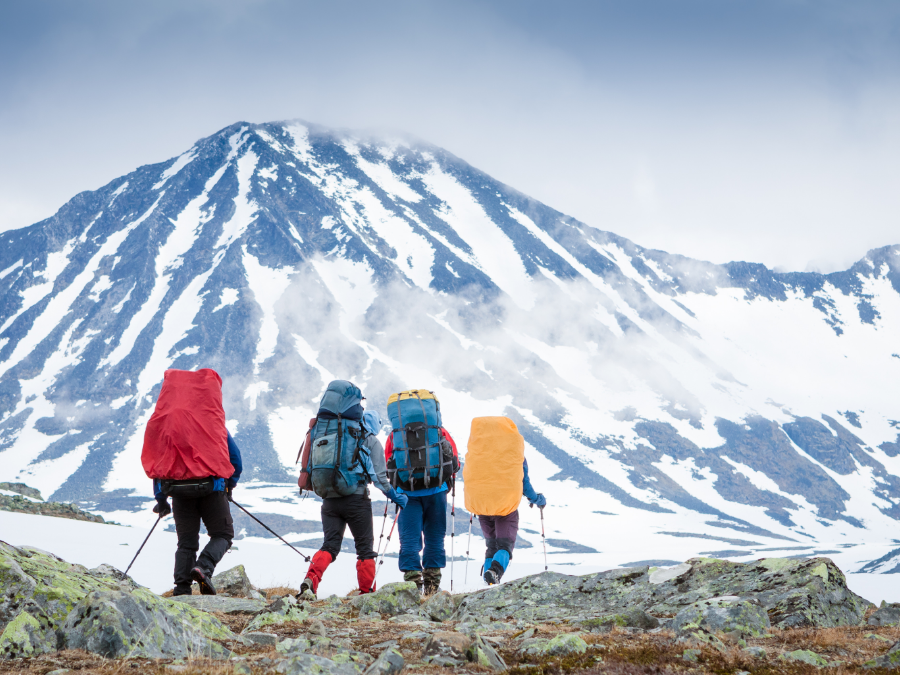
You can do a few things before and during a high-altitude hiking trip to reduce the likeliness of altitude sickness. The key is preparation, which includes acclimatization and slow ascends. However, there are a few additional tips that could aid in preventing altitude sickness.
It is important to note that we are in no way medical professionals, and all the advice given is not meant to replace that of a health practitioner. Be sure to speak with a licenced medical practitioner before hiking at high altitudes or taking any medications.
Take Time To Acclimatize
Acclimatization to high altitude is essential for your body to adapt to decreased air pressure and lower oxygen levels. The amount of time you need to acclimatize varies for each person. However, in general, it takes around 1 to 3 days to acclimatize to a high altitude. Once your body has adjusted, begin or continue your ascend. However, it is suggested that only climbing 1,000 feet per day will give your body the best chance to adapt to the altitude conditions.
Travel Medical Advice
Before hiking in high altitudes, it is important to speak with a medical advisor like your family doctor. This way, you can be aware of the risks, symptoms, and any preventive measures and medications that are recommended for altitude sickness based on your route and location.
In addition, your medical practitioner will be able to determine whether you may have pre-existing conditions that would make a trip to high altitudes a risk—for example, cardiovascular diseases or an increased risk of thrombosis. From here, you and your doctor can then discuss the best options for you to complete your hiking trip safely.
Climb High, Sleep Low
Sleep is essential when it comes to tackling high altitudes. Giving your body time to rest and acclimatize can make or break your trek. When hiking in high altitudes, it is recommended to sleep around 1000 feet lower than the highest point reached that day. The reason being is the oxygen levels in your blood are lower during sleep as your breathing is much slower.
Plan Your Route Appropriately
If you plan your route appropriately, you can reduce the risk of altitude sickness. Ideally, you want to start your journey at sea level and work your way up to higher altitudes over time. The slower you advance to high altitudes, the better your body can adapt to the new situation, reducing the chances of altitude sickness.
The key to avoiding altitude sickness is to climb gently and take the time to adapt to the altitude. Planning periodic overnight stops on longer treks can help you acclimatize to the elevated altitude. Consider the Everest Base Camp trek. This can take anywhere from 11 to 15 days to complete, accommodating a few days for acclimatization along the way. Planning for the “rest” days to adjust to the high altitude is the only way to do this trek safely. This is one of the many reasons why preparing your route is important.
Pack Good Food
The body needs a lot of energy to digest our food. The heavier the food, the harder and longer the body has to work. Hiking in higher altitudes can suppress your appetite. It is important to try and consume enough calories each day to assist with your energy levels.
In addition, avoid starting a new diet that could risk plunging you into a deficient state. For example, the vegetarian diet can lead to iron deficiencies, which will strain the production of red blood cells, essential at high altitudes.
Keep Hydrated
Hydration is fundamental, not only for the adaptation to the altitude but for preventing dehydration when hiking. There is a direct relationship between hydration and physical performance. Your body works harder in higher elevations leading it to use up more water.
On average, you will need around 1 litre of water for every 1,000 feet of elevation gain. Keep in mind that this may vary due to the weather, difficulty, and weight load. You may need to consume more water than listed above to hydrate yourself properly.
Avoid Alcohol
Avoid alcohol and cigarettes when hiking at high altitudes. Alcohol makes the body increasingly dehydrated and thus worsens altitude sickness symptoms.
In addition, alcohol has been shown to work faster at high altitudes, meaning you feel drunk more quickly and hang over more quickly. If you wish to celebrate with an alcoholic beverage while hiking, it is important to wait at least 48 hours after your body has acclimatized to the altitude.
Listen To Your Body
Lastly, it is imperative to always listen to your body. If you begin to feel any mild symptoms of altitude sickness, don’t wait to react.
We quickly tend not to listen to our body when we have set ourselves the goal of climbing a summit. This mostly happens when we travel in a group or have a limited schedule. Having to retrace your steps takes time and costs money. However, your life is more important, and the effects of altitude sickness should be taken seriously, as extreme cases can lead to fatality.
Medications For Altitude Sickness
To help treat headaches associated with mild altitude sickness, it is recommended to take over-the-counter medication such as ibuprofen and acetaminophen. In addition, descending to a lower altitude or stopping will help give your body time to adapt to the altitude, further reducing the symptoms. For severe altitude sickness, it is best to seek a medical professional for advice and medication.
While you can get a prescription to help treat the symptoms of altitude sickness, we highly recommend speaking with a medical practitioner before taking any medications.
What To Do If You Get Altitude Sickness
If you find yourself experiencing symptoms of altitude sickness, it is essential to descend to a lower altitude immediately. It can take 24 to 48 hours of rest for the symptoms to let up. Only then should you begin resuming the ascent. If the symptoms are severe, begin descending and seek medical attention immediately. Do not continue hiking or wait for the symptoms to go away.
It is important to take the appropriate measures when dealing with altitude sickness as the consequences can be severe, including pulmonary edema and even death.
General Guidelines When Hiking In High Altitude Areas
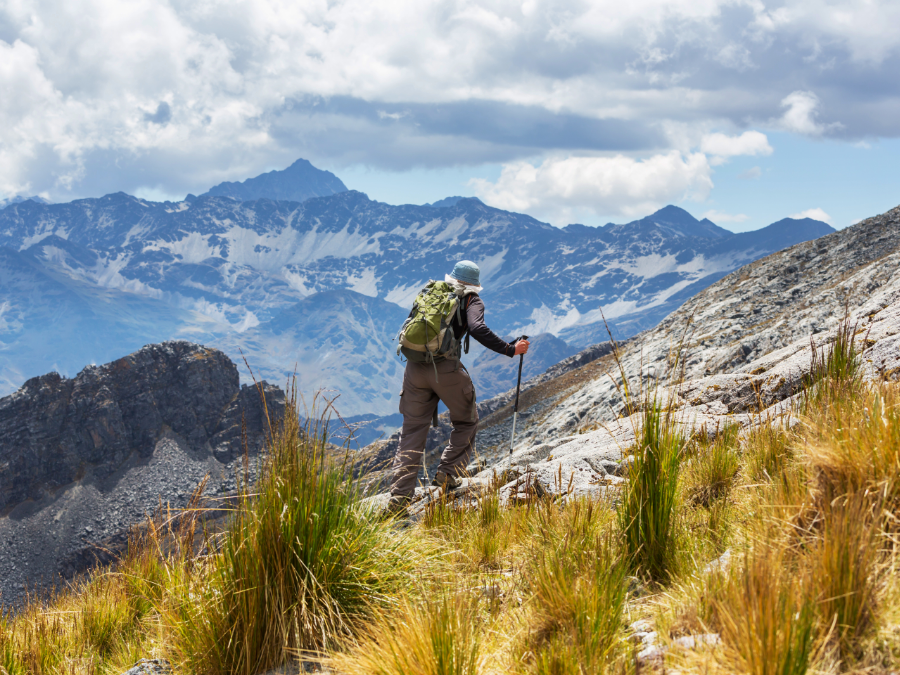
I. Places with higher altitudes are naturally colder. It is important to come prepared with the right gear and warm layers.
II. The higher the altitude, the more aware you should be. Keep an eye out for any early symptoms of altitude sickness, and do not ignore them. Ensure that you are allowing your body to adjust to the altitude gradually. If you ascend too quickly, you may experience symptoms and need to descend for them to subside.
III. Many hikes will have a limited network range, so you should always have a plan in case of an emergency. It is better to hike in a group and inform friends and family members about your destination, your itinerary, and the expected duration of your outing.
IV. Ensure you have sun protection by equipping yourself with appropriate clothing, sunscreen, and UV-resistant sunglasses. Although the weather may be colder at high altitudes, the sun is still quite powerful.
V. Lastly, if you have experienced altitude sickness on a previous hike, this does not mean that you will experience it on your next one. The same can be said if you have never experienced altitude sickness before. This does not mean that you will never experience it. It is important to follow the tips above to help prevent the chances of it occurring.
Final Verdict
Ultimately, altitude sickness can happen to any hiker despite experience level. The best way to prevent it is to prepare your body and slowly acclimatize yourself. Do not climb too fast, and follow the tips listed above.
If altitude sickness does occur, descend to a lower altitude and allow yourself to rest until the symptoms subside. In extreme cases, it is vital to seek medication assistance as soon as possible and do not continue climbing. If you have any medical concerns, speak to a medical professional prior to your hiking adventures.

